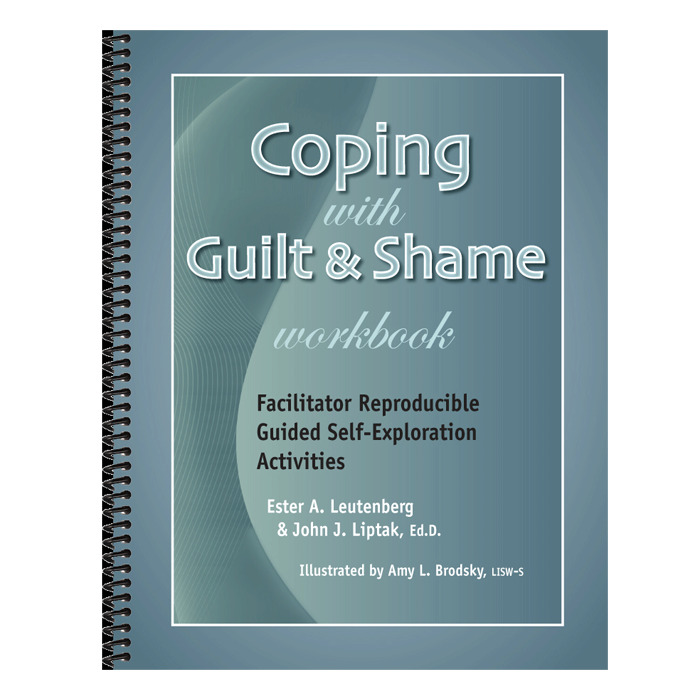Whole Person Associates
Coping with Guilt & Shame Workbook
$92.95 inc GST $84.50 ex GST
Research suggests that when people face constant stressors and unwanted changes, they become emotionally upset and experience various negative feelings. With repeated exposure, people experience a chronic overload of emotional stress. Two of the most common distress emotions are guilt and shame. Guilt reminds us of the wrong deeds we’ve done or perceived that we have done, and shame tells us that we feel embarrassed, remorseful, or even disgraced. All people feel guilt and shame in their life, and coping with both emotions can be challenging.
Many people spend a lot of their lives living with guilt and shame. It is important for them to deal with the emotions, thoughts, and actions related to guilt and shame to lead a more stress-free, calm, and satisfying life. The Coping with Guilt and Shame Workbook provides assessments and self-exploration activities to help participants learn valuable skills for coping with various forms of guilt and shame.
Product overview
Guilt, a prevalent type of emotional distress, can be described as a feeling that involves self-blame and a sense of responsibility for a regretted action or thought. People experience guilty feelings with regret and self-reproach over the belief that they have done, or will do, something wrong. Guilt often results from the perception of falling short of self-expectations or the expectations of others. Like many feelings, guilt is often based on irrational thoughts, not facts. Feelings of guilt are usually associated with self-talk statements such as “I should have,” “If I would have,” and “I could have.”
Shame is a basic part of being human. Shame can be described as a sense of inadequacy about who you are, how you behave, and what you value. It is a negative emotion that people experience when feeling embarrassed, humiliated, or disgraced, especially in the eyes of important people in their life. Shame is based on internalized expectations of self or others and the perception of falling short of those expectations. Shame can be incapacitating and harmful to people’s physical and emotional health, self-esteem, and well-being.
Activities are divided into four chapters to help you identify and select assessments easily and quickly:
- Chapter 1: Causes of Guilt – This chapter helps participants identify the primary reasons they feel guilty.
- Chapter 2: Coping with Guilt –This chapter shows participants effective coping strategies.
- Chapter 3: Feelings of Shame –This chapter helps participants explore the intensity of their feelings of shame.
- Chapter 4: Effects of Shame –This chapter helps participants identify causes and effects of shame.







